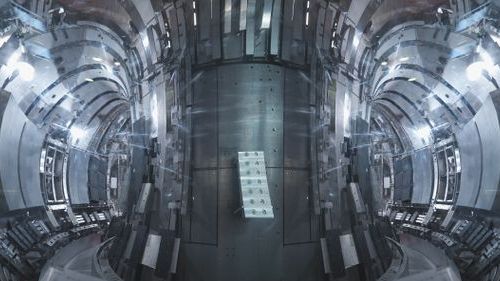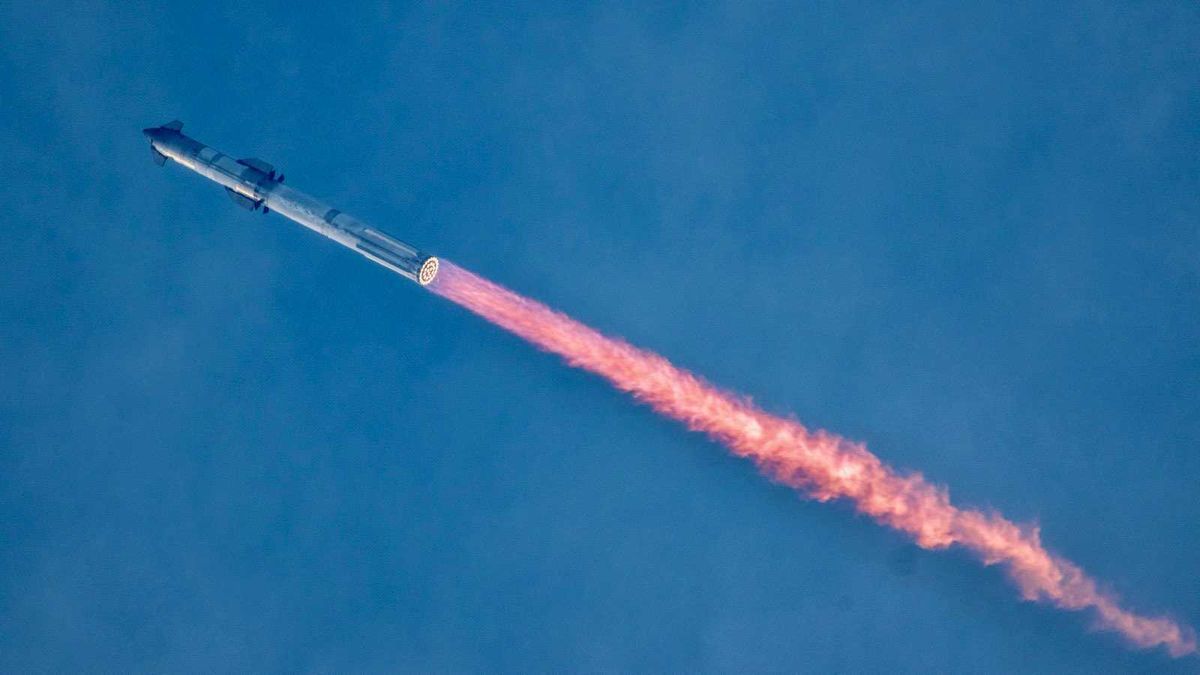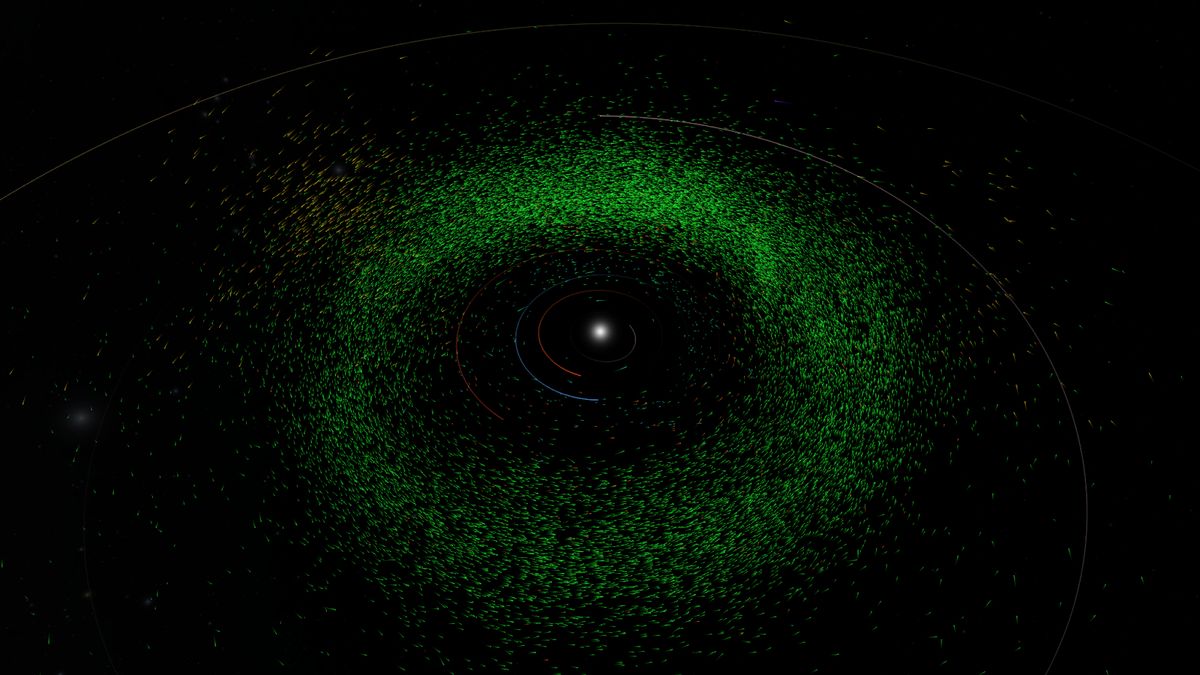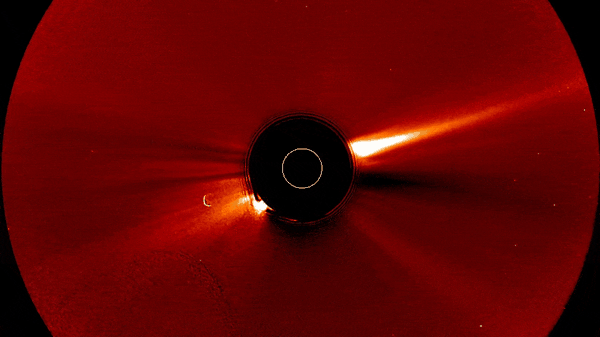South Korea’s Experiment with Fusion Energy
South Korea has reached a significant milestone in the realm of fusion energy by achieving a new record at their “artificial sun” facility. Scientists succeeded in superheating a plasma loop to an astounding temperature of 180 million degrees Fahrenheit (100 million degrees Celsius) for a remarkable duration of 48 seconds. This breakthrough, accomplished at the Korea Superconducting Tokamak Advanced Research (KSTAR) reactor, surpasses the previous record of 31 seconds, also set by the same reactor in 2021.
The Quest for Clean Energy
This achievement stands as a testament to the continuous efforts towards developing a sustainable source of clean energy. For over 70 years, scientists have been striving to replicate the process of nuclear fusion, akin to the fusion reactions that power stars. Through the fusion of hydrogen atoms to form helium under extreme conditions of pressure and temperature, stars produce vast amounts of energy without generating greenhouse gases or persistent radioactive waste.
However, emulating the conditions prevalent within stars presents a formidable challenge. The most prevalent design for fusion reactors, known as the tokamak, involves heating plasma – a state of matter composed of positive ions and free electrons – to high temperatures and confining it within a toroidal reactor chamber with robust magnetic fields. Nevertheless, sustaining the stable plasma state needed for nuclear fusion has proven to be a complex endeavor.
Overcoming Technical Hurdles
One of the primary obstacles has been managing plasma hot enough to undergo fusion. Fusion reactors demand exceedingly high temperatures, far surpassing those found on the sun, due to the necessity of operating at lower pressures compared to stellar fusion environments. While the sun’s core reaches temperatures around 27 million degrees Fahrenheit (15 million degrees Celsius), it imposes pressures roughly equivalent to 340 billion times the atmospheric pressure at sea level on Earth.
The key challenge lies in containing the superheated plasma effectively to prevent it from escaping or disrupting the fusion process. This containment typically involves intricate mechanisms, such as employing lasers or magnetic fields. To extend the plasma’s duration within the reactor, scientists tweaked various aspects of the reactor’s design, optimizing elements such as divertors – structures that extract heat and other by-products from the fusion process.
The director of the KSTAR Research Center, Si-Woo Yoon, highlighted the significant progress achieved through meticulous preparation and enhanced reactor components, leading to results eclipsing previous records. Bolstered by this success, the researchers aim to elevate the reactor’s performance to sustain temperatures of 180 million degrees Fahrenheit for a duration of 300 seconds by 2026.
This recent feat adds to the collective achievements of fusion reactors worldwide, including notable milestones reached by competing facilities such as the U.S. government-funded National Ignition Facility (NIF). These developments underscore the ongoing advancements in fusion energy research and propel the quest for a sustainable, clean energy future.
Image/Photo credit: source url





